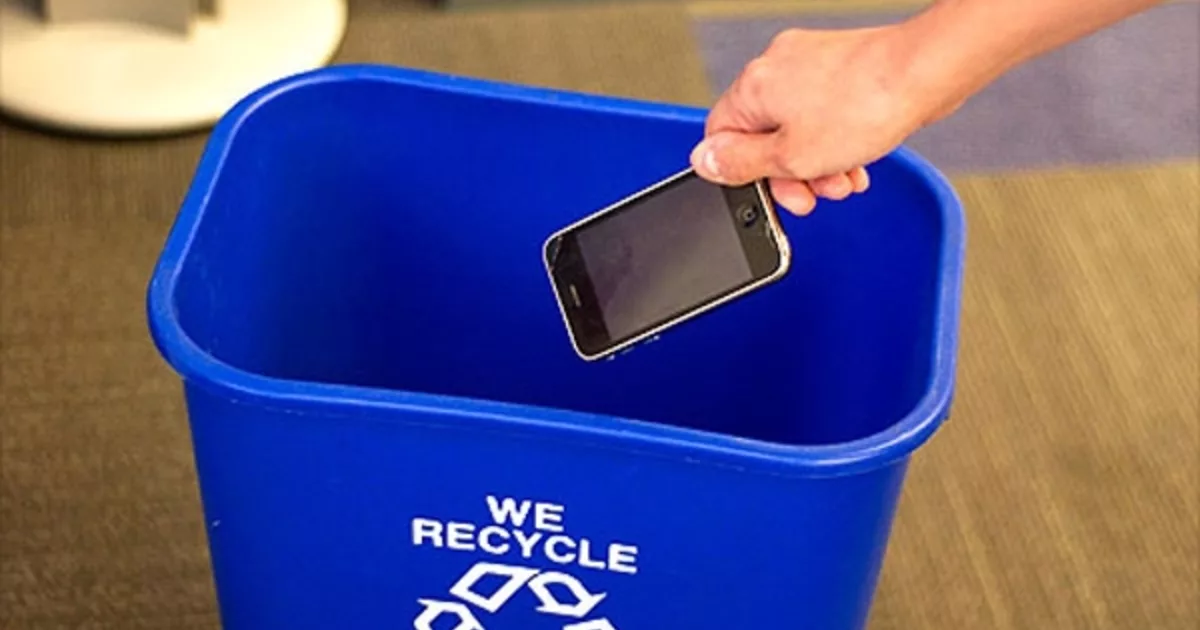
Things are piled up, piled up and piled up. It's time to sort out the mess, but it's a pity to throw out the excess. What to do? Science - more specifically, scientists at Ohio University and The Pennsylvania State University - know the answer. They described their method in the Journal of Marketing.
“What people don't want to give up is memories of things,” explains Rebecca Walker Reczek, one of the study's authors. memory and related identity. "
“The idea for the project came about when I realized that I only kept old basketball shorts because they remind me of how we beat a cool team in high school,” says her colleague Karen Winterich. "I didn't need shorts, I needed a memory of victory - that's what I thought when I saw them."
Scientists have shown that it is easier to part with unnecessary, but dear to the heart, trash, if you first take a picture of it. “The picture could easily keep a memory for me, and I could donate the thing to whoever needs it,” says Winterik. To test their hypothesis, Vinterik and her colleagues conducted an experiment. It was attended by 797 students living in 6 dorms of Pennsylvania State University. At the end of the fall semester, before the youth went on vacation, the researchers launched a “donate old things” campaign.
They ran two different advertising campaigns. In dormitories, posters “Don't keep trash dear to your heart ...” were hung, but in some, this call was followed by the phrase “Take a photo of it and donate”, and in others (control group) - “… Just collect your things and donate”. The number of students affected by these campaigns was about the same. After the exams, the researchers emptied the donation boxes and counted things.
Students who were advised to take photographs were given 613 objects, and participants from the control group - only 533. It is relatively easy to give up the habit of storing unnecessary things, says Rechek. “That we can keep the same memories just by photographing things is not surprising. But this is not natural behavior, we need to accustom ourselves to this, ”she says.
Scientists have shown that people hold on not only to memories, but also to the identity that is associated with them. For example, parents of adult children are in no hurry to throw away babies' clothes because they remind them of the times when they were "young parents." One experiment involved people who donated items to a local thrift store. Some of them were given snapshots of items before picking up the trash. Then the volunteers were asked about their feelings: did they leave a part of the personality with the thing? Those who got the pictures complained less about “loss of identity”.
The "memory retention" strategy will not work with things that have no emotional value, the researchers warn. It will not force people to donate what they intend to sell. And finally, some things turn out to be too dear to the heart - for example, wedding dresses. But otherwise, this method is quite efficient: it will help people when cleaning, and volunteers - when collecting donations.
